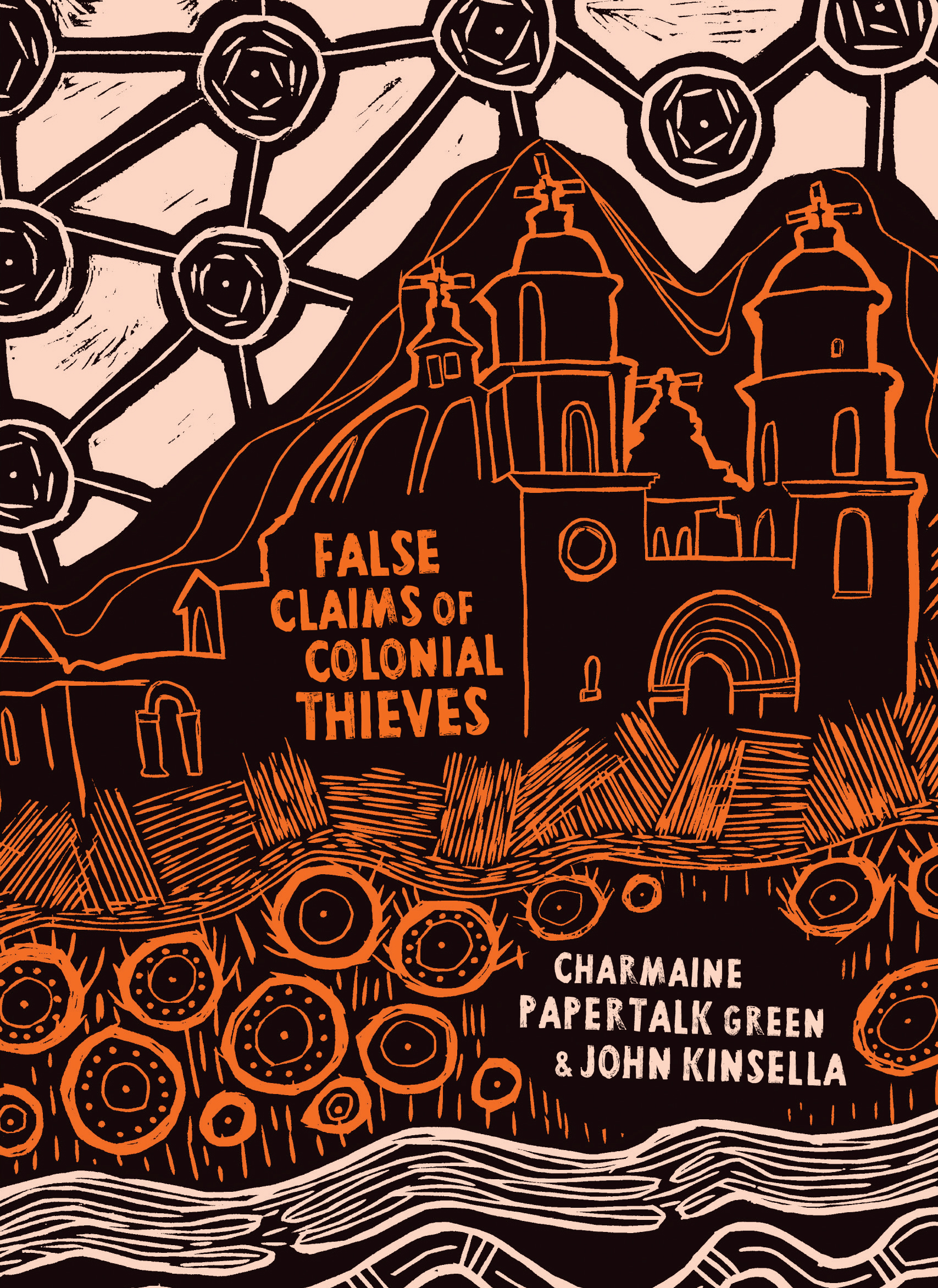First published in National Indigenous Times on April 8, 2019.
My Longest Round is the kind of book you skip telly for, put the kids to bed early for, put yourself to bed early for—just so you can have a quiet hour in Wally Carr’s company.
Wally’s first fight? He lost, but he loved it. The shearing sheds in Walgett? He loved working the sheds and it was big money. Going to the gym? He loved the gym!
Wally’s love of work, training, boxing and his family is the good-natured refrain that runs throughout this galloping biography, accompanying Wally’s rise to become an Australian and Commonwealth champion boxer.
Not that there aren’t moments of darkness. The book’s opening paragraph is profoundly distressing.
“I’ve been fighting since the day I was born. No, I’ve been fighting from the time I was curled up inside my mother’s belly. The day my father shot himself in the head; that’s when my fight started. That day was the thirteenth of June 1954. I was born two months later on the eleventh of August.”
From this point on, the pace never lets up. Wally beguiles us with storytelling that’s frank, funny and never self-pitying.
We meet a formidable cast of characters, many minor and some, like Growler, truly memorable. Thelma May Stewart, nicknamed Growler, was Wally’s rabbit-cooking, button accordion playing grandmother. She was strict, the keeper of discipline around the home. His grandfather old Coalie—a snowy-haired man who loved his drink and betting on the horses—would spoil the kids when Growler wasn’t looking. He’d say, “Don’t worry about old Growler, come over here and sit with me. You’ll be all right.’ He’d give us little treats and whisper, ‘Don’t tell Growler.’”
Wally’s childhood is conjured with careful details: he recalls scrubbing himself with cakes of yellow Sunlight soap, wetting the bed and eating bags of broken biscuits to try and suppress the constant, aching feeling of hunger.
It’s also spiked with wild tales.
In Wellington, on Sundays, a group of older people from the mission would gather to play two-up, including Mrs Stanley, who played all the time. Carr tells us when they’d see the coppers,
“… well poor old Mrs Stanley she’d run down the riverbank, take one dress off and come back in another dress.
The police would say, ‘Now where’s that woman with the pink dress on?’
She’d taken the dress off and thrown it in the river. She always had two or three dresses on.”
There are tales of daring, like the time Wally and his friends stole fruit from a rogue German who blasted his shotgun at them; and tales that border on mythical, like the time a plague of mice swept Warren—there were so many, that when you drove at night they completely covered the road.
As a young man, Wally visited Sydney for the first time, excited by stories of blackfella bands and dancing, footy and mad fights.
“Fair dinkum, look at this!” he said stepping off the train at Central Station.
Always a knockabout, he worked at a foundry, a leather factory, a chocolate factory; he bagged coffee and wheat and packed matches.
In May, 1971, he decided he wanted to learn to fight—fighting paid better.
Wally shares with us the tough road to the top, from fighting at workers clubs and tennis clubs in Sydney, to fighting in Zambia and Papua New Guinea.
He’s often humble, gracious. In a major fight in Perth in December 1984, he was challenged for the Australian light-heavyweight title by Alan Black. Black was no contest for Wally and went down in the fourth round after suffering broken ribs. Wally felt terrible that Black’s kids—who were waiting for him in the dressing room—had to see him like that. He went in after the fight and shook Black’s hand.
My Longest Round is absorbing from top to tail; it hits the page with perfect pace.
Wally worked closely with author Gaele Sobott to commit this story to paper, and Gaele stays true to Wally’s voice and true to the story.
If you’re looking for a gripping biography to read this Easter, My Longest Round should be it. It’s available through Broome’s Magabala Books.





